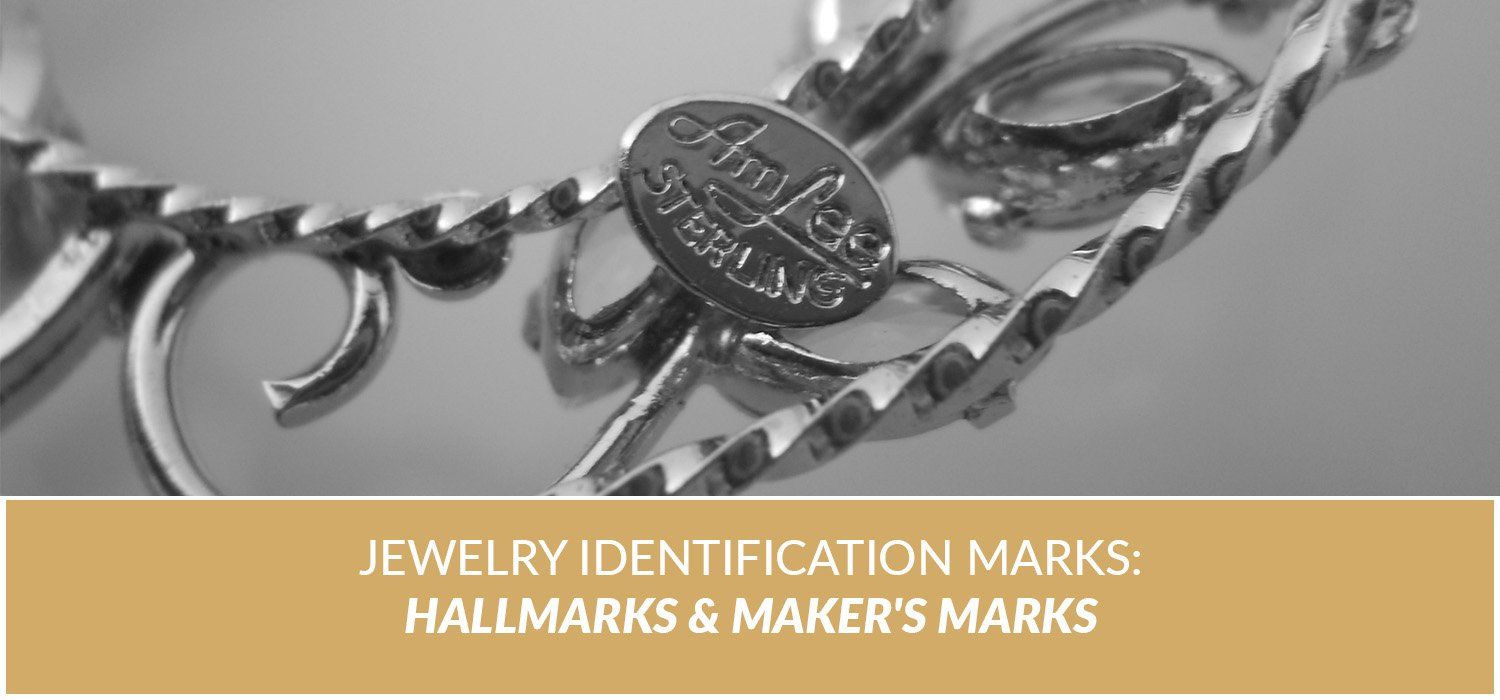Distinguished jewelry requires the proper distinguishing marks. It’s this process of authentication that endorses quality jewelry for what it is: a highly refined work of art. Ornamentation is nothing if not a reflection of one’s personal style, a marking of both taste and creativity. Throughout history, jewelry has been an early identifier of a person’s social status. If we consider its interpretations in, say, the reign of Cleopatra, it was both a staple of her exotic style as much as it was a reflection of her eminence. The modern world may not always outwardly show the true disparity between culture and class, but jewelry still stands as a highly prominent countenance of outward distinction. And when making a new purchase – especially a large one – proof of authenticity is abundantly important.
Fine jewelry lives in a world all its own, and wading through the expanse of real authenticity can be tricky. Knowing what exactly to look for will help in deciphering a piece’s value, helping you make an educated purchase and ultimately feel confident in what you’re wearing or gifting. Whether you’re choosing a staple piece, an intentional family heirloom, or you’ve simply found a favorite at an estate sale (lucky you!), there’s a great deal of information that lives behind each piece of jewelry. To make that educated purchase, here is everything you need to know. But first thing’s first: knowing what’s what.
To back the authenticity of their pieces, jewelers will inscribe their wares with a distinguishing mark. Throughout history, these marks were etched into noble metals to certify their legitimacy, leaving little-to-no question as to where each piece had come from. Markings are typically found on items made of silver, gold, platinum, and though small in size, they have quite a serious impact on an item’s worth.
In 1906, the United States mandated that jewelers add a purity mark on their wares in the National Gold and Silver Stamping Act. But this came a long time after Great Britain’s 14th-century decree for hallmarking, which required a date letter stamp – a letter that would link to the year in which it was registered. The French were well ahead of their game with a markers system that dates all the way back to the thirteenth century. Needless to say, systems for designating jewelry have been in place for quite some time. Now, it’s all about deciphering these marks to know more about the pieces you may own or intend to buy.
Jewelry Makers’ Marks
Jewelry makers will often have designated maker’s marks that are registered and thus enable them to be widely recognized and tracked. This helps both the maker and the buyer in that it verifies authenticity and can be easily traced when necessary. A maker’s mark ensures that quality is maintained and that no one can replicate a jewelry maker’s craft with a different content. In this way, a maker’s mark becomes their trademark, building both a brand reputation and proof of craftsmanship. But the aforementioned content is the key component to a maker’s mark, and the biggest distinction between a piece’s hallmark.
Jewelry Identification Marks
Though romanticized in movies, jewelry heists have been prevalent throughout history. (The Hope Diamond comes to mind.) And oftentimes theft can lead to “recoveries,” where crafty go-getters will attempt to replicate items that may be perceived as the real thing. This is where identifiers come in handy, and jewelry identification marks have allowed many items to be proven genuine time and time again. These markings and labels help verify the time in which a piece originated, the era in which it belongs, as well as a variety of other things such as craftsman’s techniques and how it was manufactured.
Pocket Watch Makers Marks
The pocket watch is a highly acclaimed piece of jewelry that gained tremendous popularity in the 1800’s. Men were most known to carry the trend as it was considered feminine to wear a watch on your wrist. But, as with any watch, it was a highly mechanized item that was both intricate and delicate. And made with fine metals only made it that much more of a specialized adornment that was not only trendy but somewhat lavish. Pocket watches were often heirlooms, handed down from grandfathers to grandsons and the like. Today, being that telling the time is essentially always at our fingertips, the pocket watch has become a bit archaic. In other words, an antique. This makes designations important, especially for watches prevalent in, say, the Victorian Era. Which brings us to our next topic…
Period Marks
Jewelry style can often be identified by the era in which it was conceived. But this again makes markers of the utmost importance, as they ensure that items do in fact belong to the era in which they claim to belong to. These hallmarks are typically organized in reference materials as another means of cross-checking an item’s authenticity.
Jewelers’ Marks List
Key identifiers can be matched using a jeweler’s marks list. In the past, these lists were difficult to locate, and not to mention huge. But in today’s digital world, it has become easier to access these lists and in helping people discover what their jewelry is worth, where it’s come from, and what types of pieces they may want to add to their collection. In a marks list database, one might find an array of hallmarks and maker’s marks, plus information regarding the date and place of origin, and the makeup and composition of the piece, too.
Gold Jewelry Marks
Gold jewelry will often have different numbers inscribed or etched in them to signify the metal’s karat content. A ‘750’ marking means that a piece is 18-karat gold while ‘585’ signifies 14 karats and ‘417’ 10 karats.
Costume Jewelry Makers Marks
Always an incredibly relevant part of a time period’s story, costume jewelry is indicative of so much more than ornamentation. To know the origin of costume jewelry, it’s helpful to know what to look for. Markings on costume jewelry are much the same as any other piece of jewelry’s marks, but instead of signifying a piece’s metal content or otherwise, it is often the company or brand in which made it.
Jewelry Hallmarks Guide
Jewelry hallmarks vary widely in that they are there to decipher the maker via a registered trademark. Some countries have a registry, others do not, and this can make the identification process invariably difficult. The registration of hallmarks is not always required, and though most countries practice it, places like the United States do not. Even still, some countries practice varying modes of symbolism – the French with animal heads, the Brits with numbers, and so on.
Hallmark Meaning
Above we outlined the maker’s marks, stating that their validation process sketches a picture of a piece’s metal content and composition. The hallmark, however, differs in that it is like a maker’s brand staple or trademark.
Jewelry Makers Marks Silver
Much like gold jewelry maintains a relatively straightforward identification process for karat content, so does silver. Sterling silver, for instance, will have a mark of ‘925.’ This signifies that the piece of jewelry maintains a silver content of no less than 92.5% silver.
RECENT POSTS
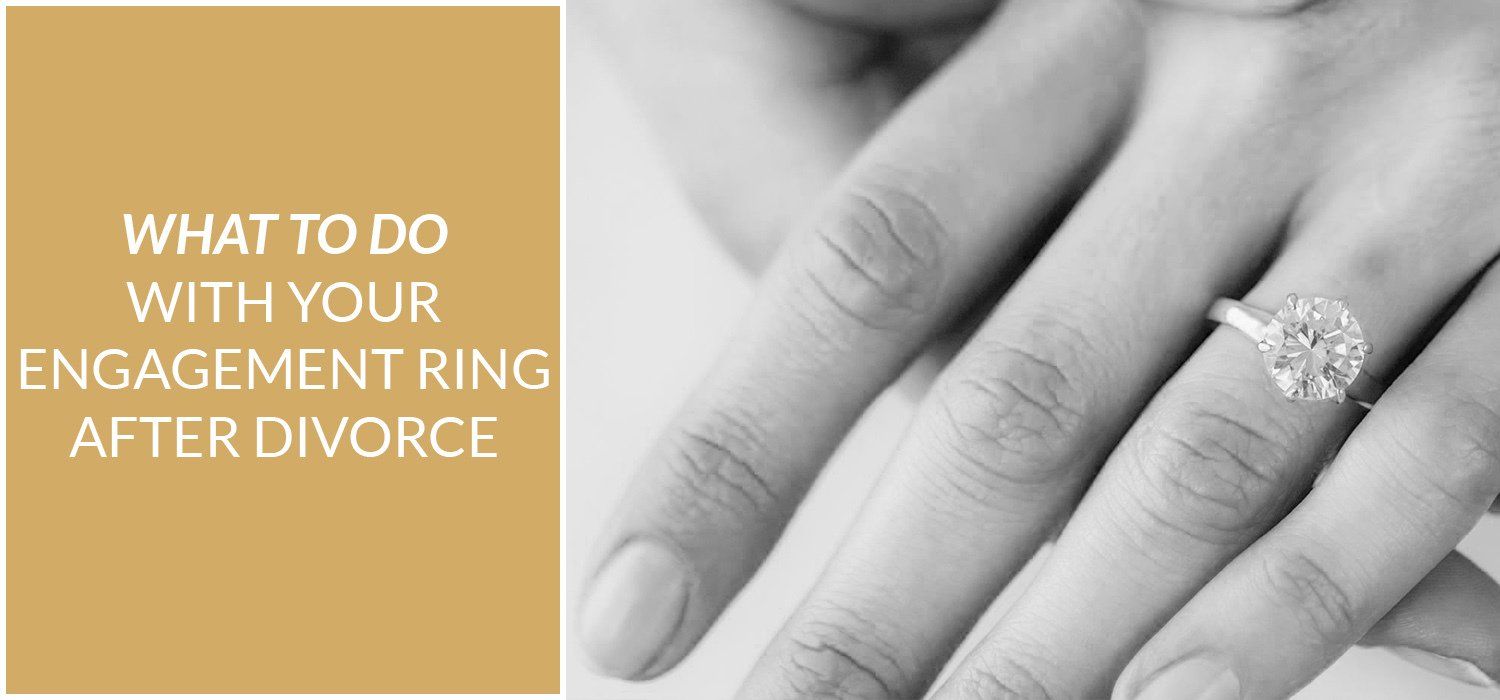
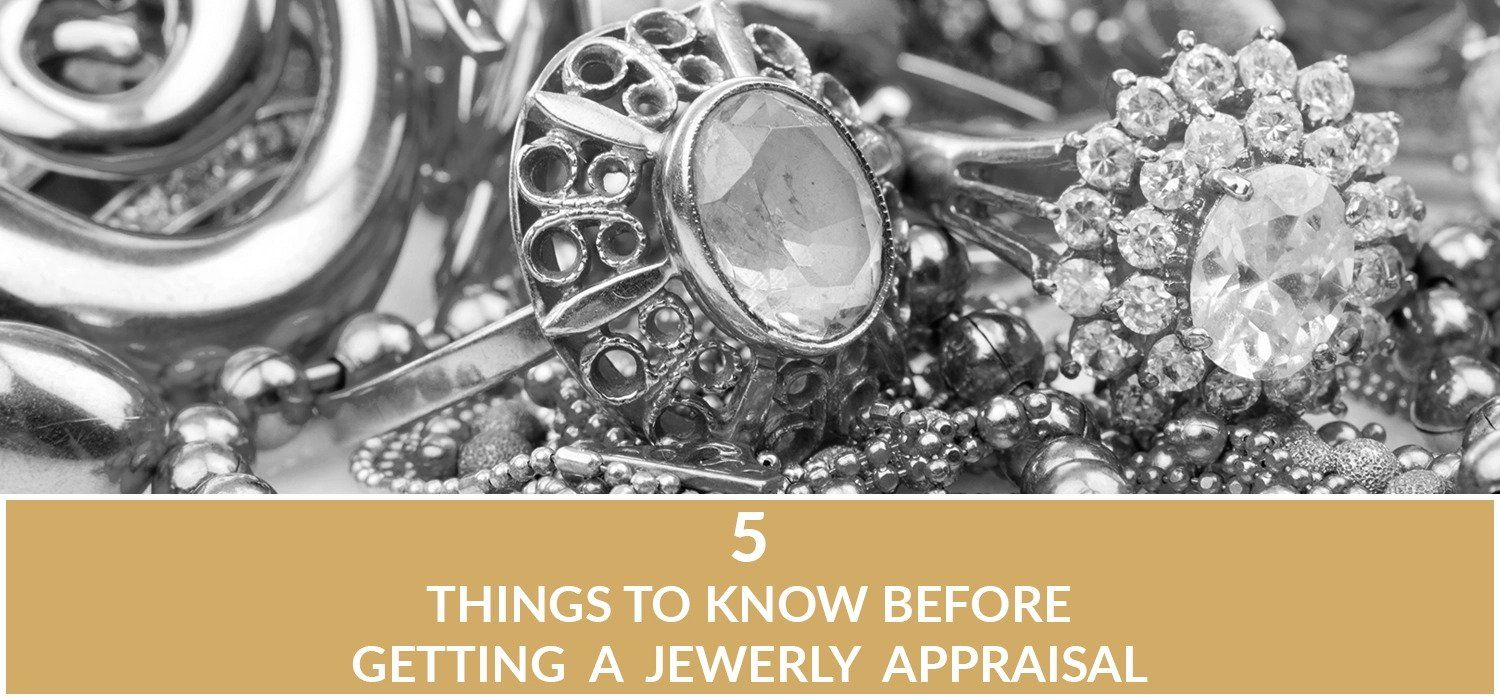
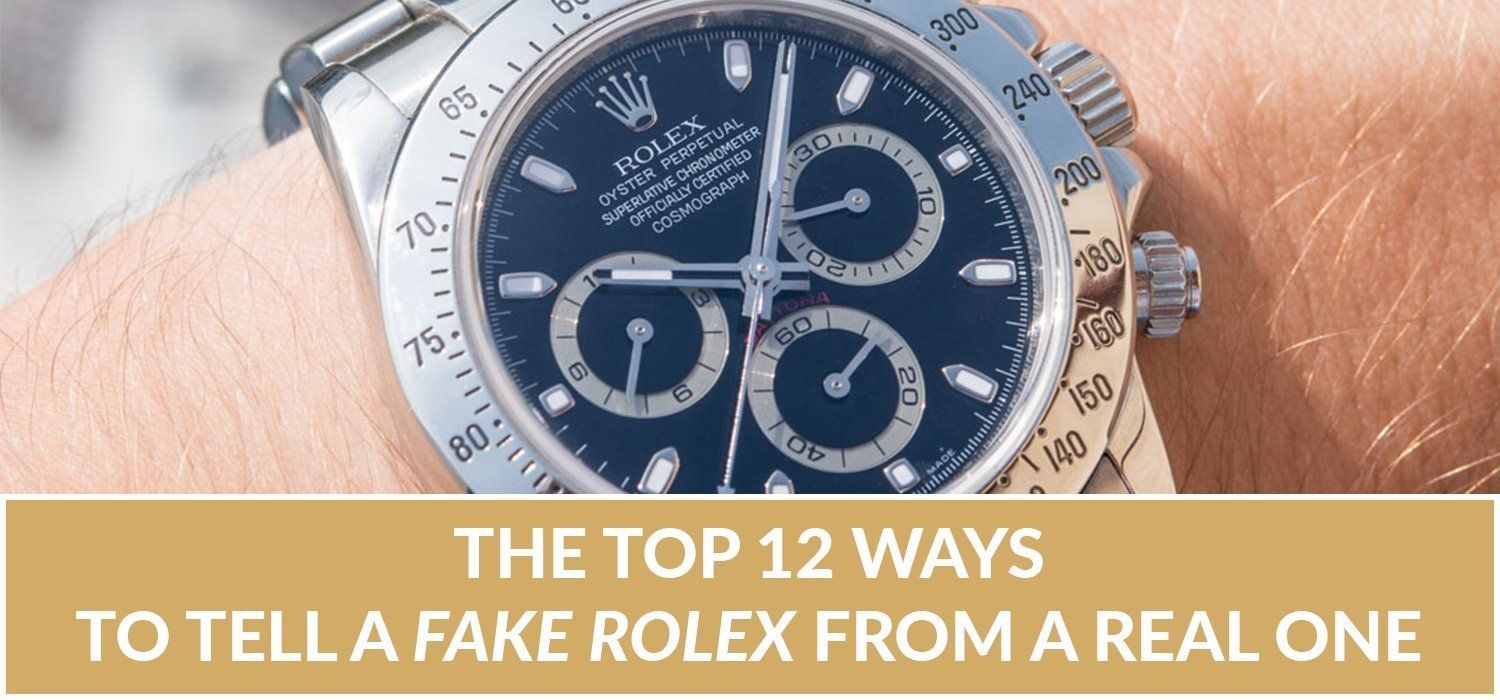


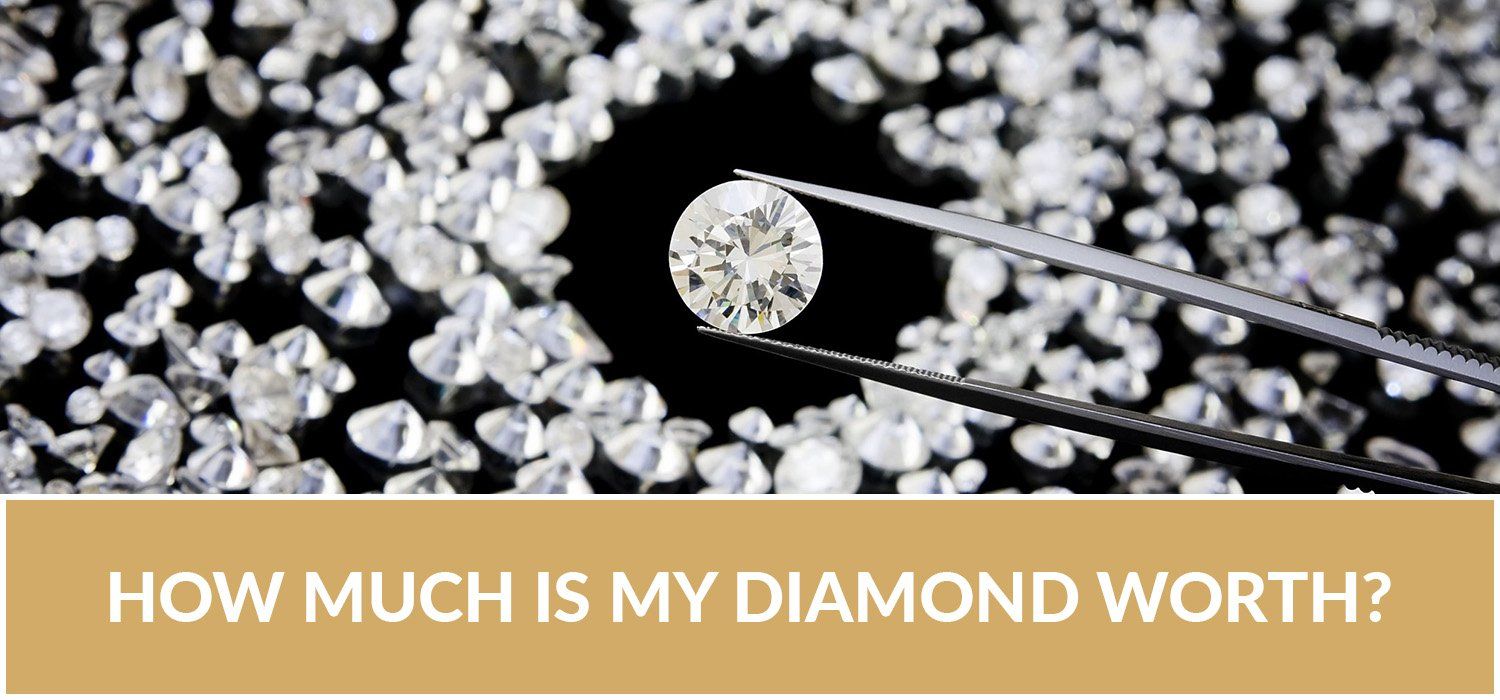
GOLD CAPITAL - LOCATIONS
GOLD CAPITAL - LOCATIONS
Copyright © 2024 - Gold Capital-Gold and Diamond Brokers (Pty) Ltd - All Rights Reserved

